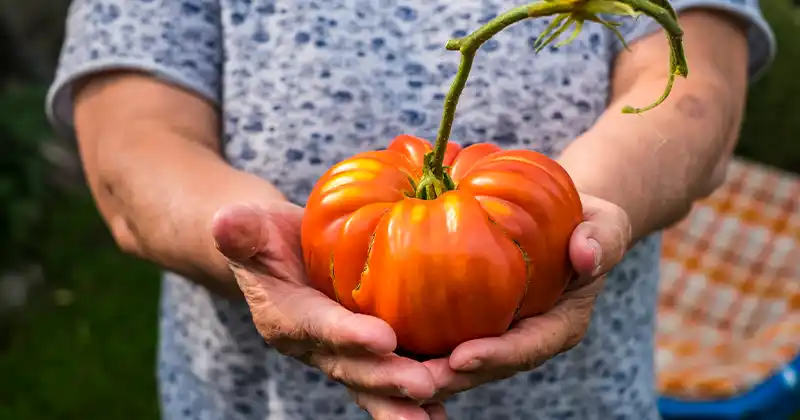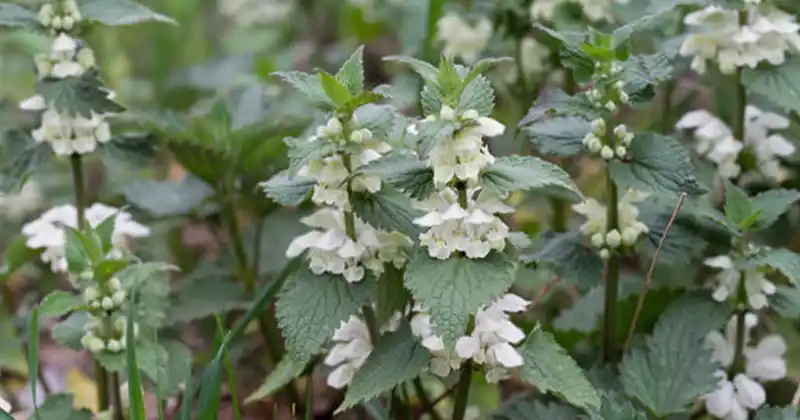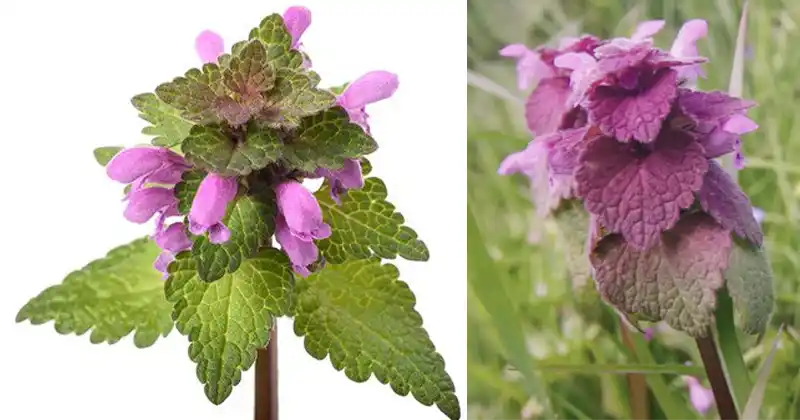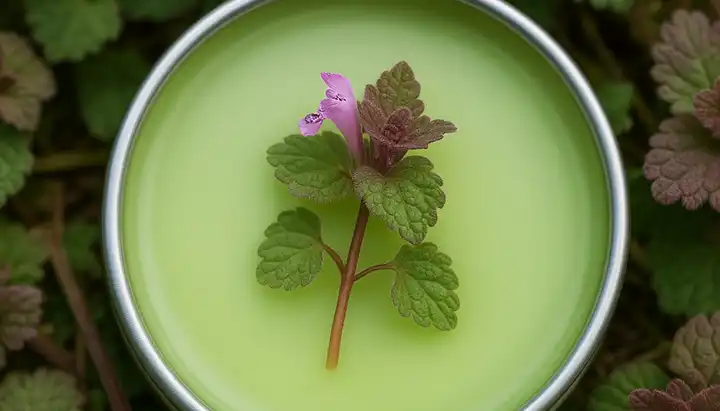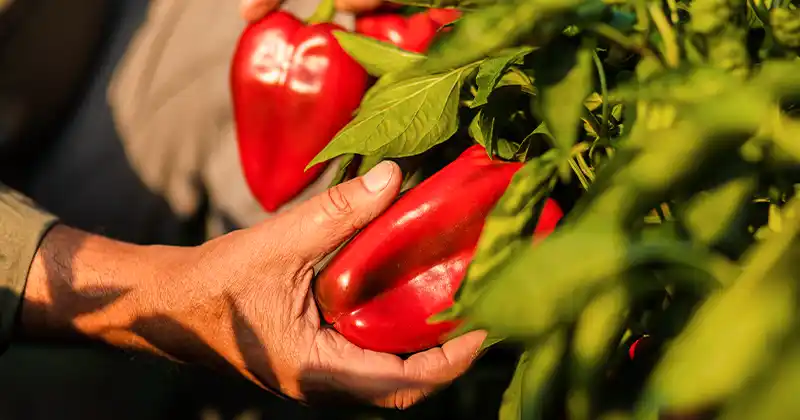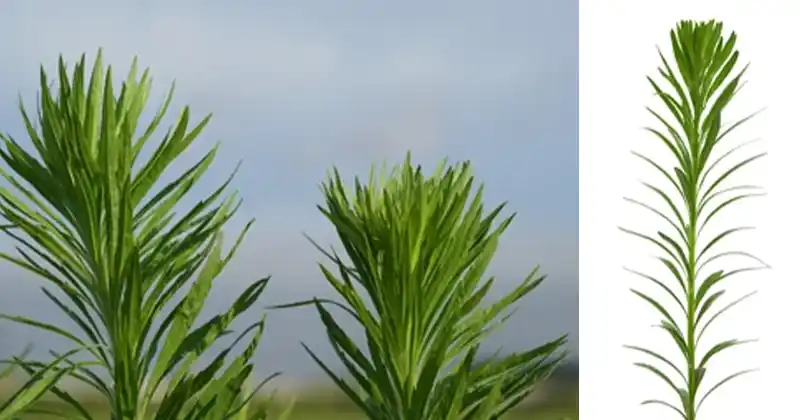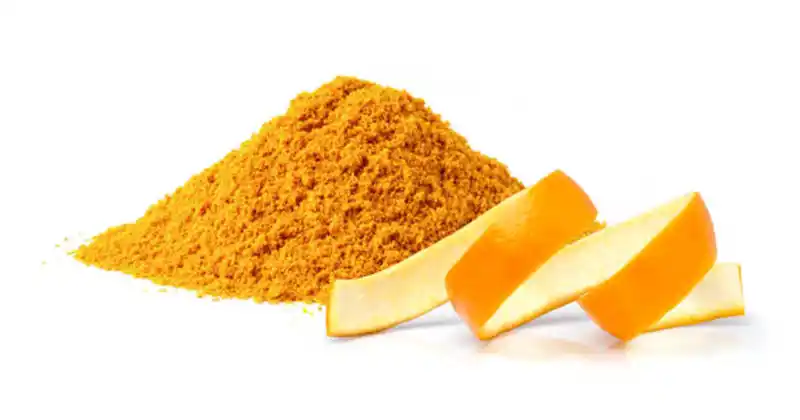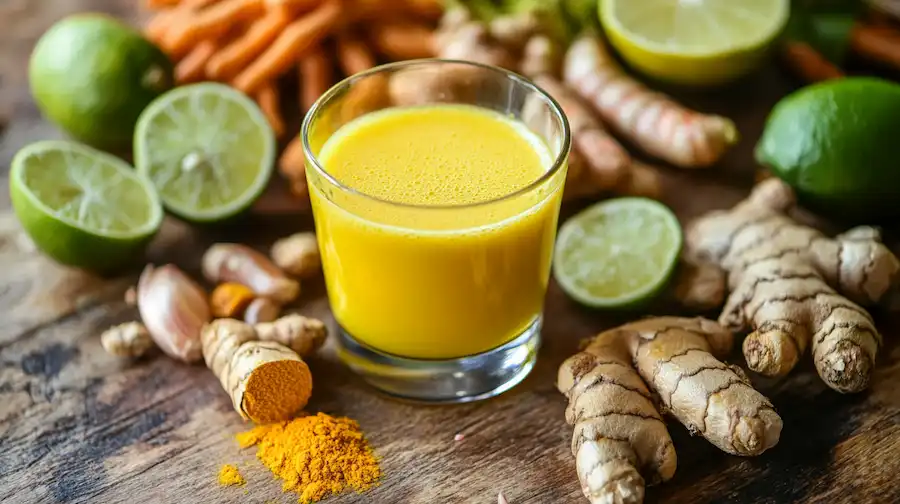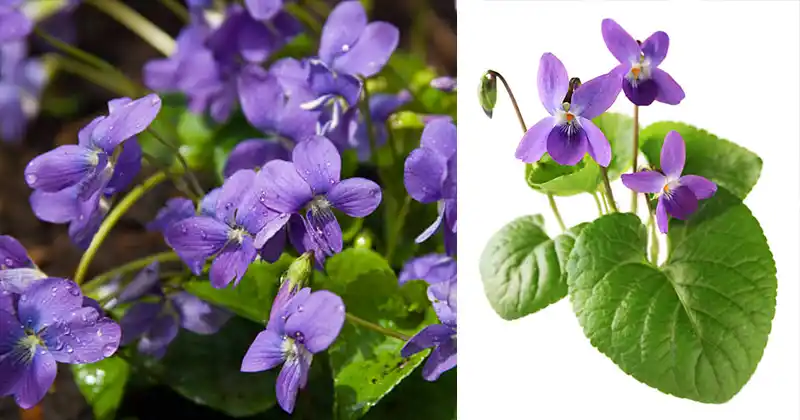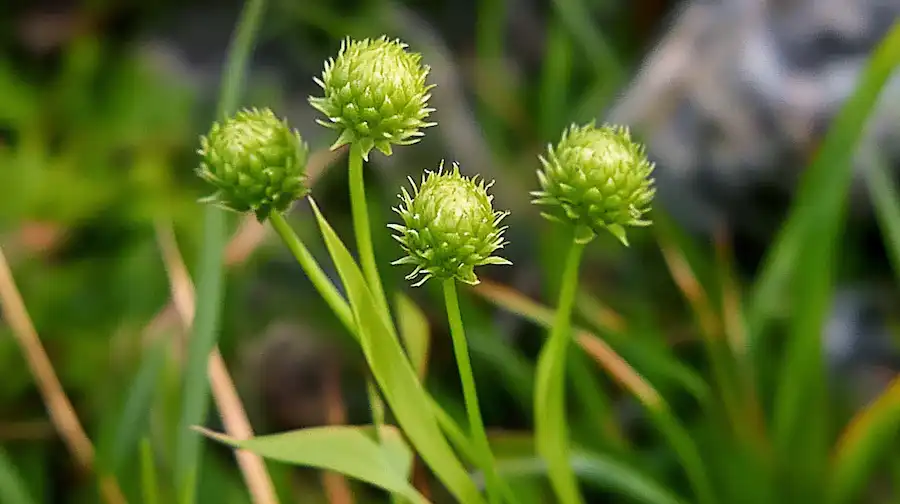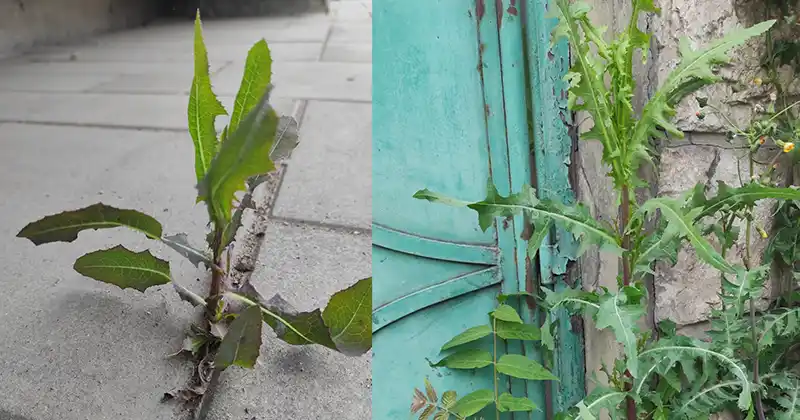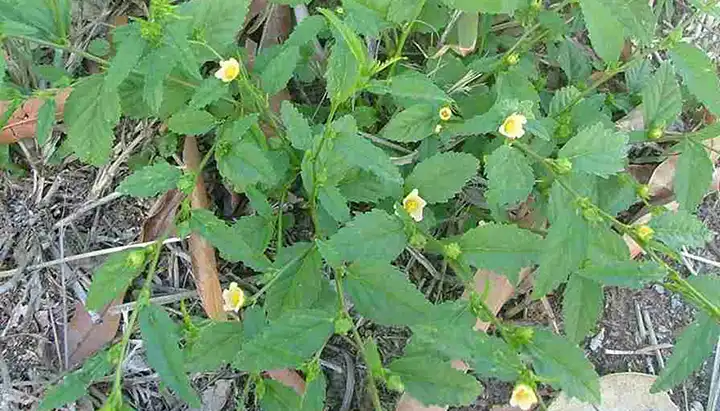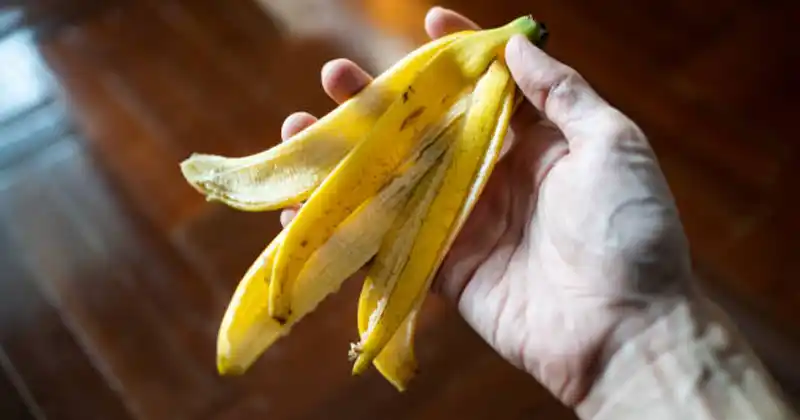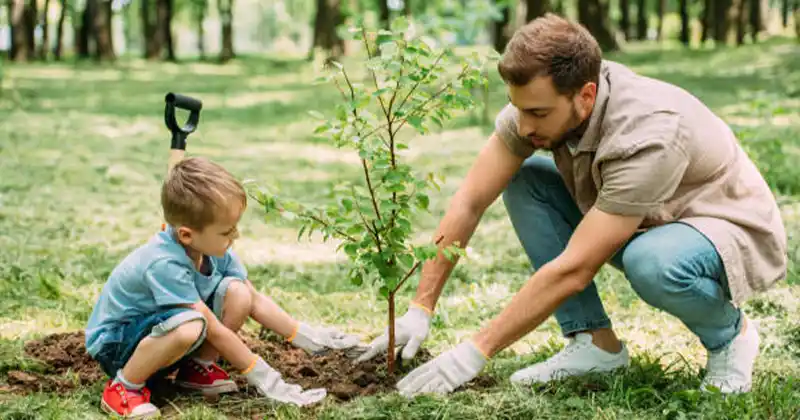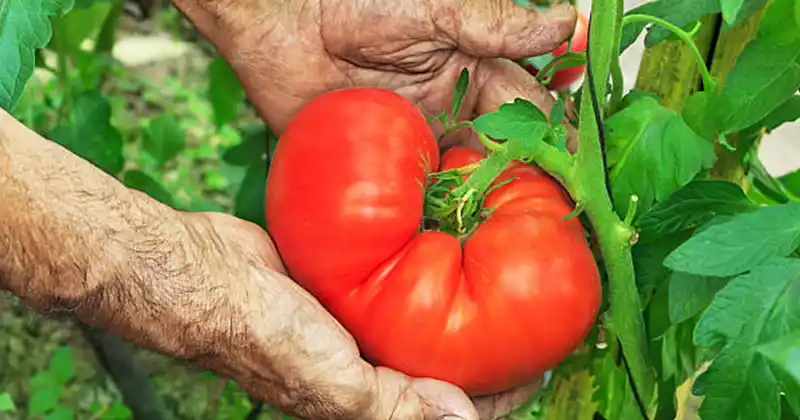Maximizing Papaya Production: Exploring the Unconventional
In the diverse world of fruit cultivation, the papaya stands out for its rapid growth and bountiful yield. Yet, achieving a copious harvest requires more than just good soil and regular watering. Some cultivators turn to unusual methods to encourage their papaya trees to be even more prolific. Here, we delve into the intricate details of three such techniques that promise to elevate papaya productivity.

Embracing Stress with Girdling
Girdling, a horticultural technique that has been used for centuries, involves the deliberate removal of a ring of bark from around the trunk of a papaya tree. The removed strip should be narrow, typically about a half-inch to an inch wide, and should encompass the entire circumference of the trunk. This cut should penetrate only into the cambium—the layer between the bark and wood—which is essential for nutrient transport within the tree.
The theory behind girdling is that it temporarily interrupts the downward flow of carbohydrates and other nutrients, which can encourage the tree to produce more fruit in a bid to ensure its lineage. It’s thought that the tree redirects its energies from growth to reproduction, resulting in a greater number or size of fruits.
However, girdling must be done with precision and care. The timing is critical—late spring or early summer, when the tree is actively growing and can heal. The incision must be shallow enough not to kill the tree but deep enough to interrupt the phloem, the part of the plant that transports nutrients. An improper girdle can lead to the tree’s demise, so this technique is best left to experienced gardeners or undertaken under expert guidance.
The ‘X Factor’: A Quadruple Incision Boost
Moving from traditional girdling, we have the ‘X Factor’—a less conventional but intriguing method. This involves making an ‘X’ shaped incision at the base of the papaya tree, where four cuts are made through the trunk. If one were to view the trunk from above, the cuts would form a cross pattern, intersecting in the middle.
The practitioner makes each cut with a knife or a small saw, carefully inserting the blade into the trunk to create a split that goes through but does not sever the trunk. The depth of the cut is usually around a quarter to a third of the trunk’s diameter. After the incisions, the trunk naturally splits into four segments over a short distance, typically around 12 inches (30 centimeters), before healing and rejoining as the tree continues to grow upwards.
The rationale for the ‘X Factor’ is similar to girdling: by creating a physical stressor, the tree is thought to go into a defensive mode, enhancing fruit production as a survival mechanism. Observers of this technique report that it can lead to an increased number of fruits, although the exact outcomes can be quite variable.
Milk Injection: Traditional Wisdom or Gardening Myth?

The final technique in our unconventional trilogy is the milk injection. In this method, the gardener makes strategic cuts in the branches of the papaya tree and then pours a small quantity of milk into these openings. The belief is that milk, rich in calcium and beneficial proteins, can provide the tree with essential nutrients and may have antimicrobial effects that protect against disease.
To perform this technique, one must first make a small, clean cut into the branch. Then, using a syringe or a small funnel, a few milliliters of milk are introduced into the opening. Care must be taken to avoid spillage, which could attract unwanted pests or lead to fungal growth.
Skeptics argue that there’s little scientific evidence to support the idea that trees can absorb and utilize milk in this way and that this practice could introduce harmful bacteria to the wounds. Proponents, however, often draw on anecdotal evidence and traditional knowledge, claiming various levels of success.
Harmonic Growth: The Sound Wave Theory
Some cultivators have turned to the power of sound to stimulate plant growth and fruit production. This method, known as sonic bloom, involves exposing plants to certain frequencies and vibrations through music or generated sound waves. The theory is that these sound waves can stimulate the stomata—the small openings on the leaves—to open wider, which could improve the plant’s uptake of nutrients and water.
While the practice is based more on anecdotal evidence than rigorous scientific study, the process involves playing music or sounds at a moderate volume near the papaya trees for a few hours each day. The chosen frequencies are often those that are soothing or harmonic, as harsh sounds may have the opposite effect. It’s a non-invasive technique that, at the very least, may make the gardening experience more enjoyable for the gardener, if not the plants.
Lunar Planting: Sowing by the Moon’s Phases
Lunar planting is an age-old agricultural practice that aligns the sowing and harvesting of crops with the phases of the moon. The principle behind this technique is the belief that just as the moon’s gravitational pull affects the tides, it might also influence the water content in plants, affecting their growth patterns.
In this method, papaya seeds are sown during the waxing moon when the tide is high, and the moon’s gravitational pull is increasing, which is believed to encourage the growth of leaves and fruit above ground. Conversely, during the waning moon, when the gravitational pull is decreasing, it is thought to be an optimal time for root development. While scientific backing for lunar planting is sparse, the tradition persists in many gardening circles.
Caution and Care: Balancing Risk with Responsibility
As we explore these unique and less conventional methods of enhancing papaya fruit production, it is critical to maintain a perspective of caution and responsibility. These techniques, while intriguing and steeped in a blend of tradition and anecdotal success, are not without their risks. Incorrect implementation can lead to plant stress, an increased likelihood of disease, or even the loss of the plant.
It is essential for those interested in trying these methods to do so with an experimental mindset, understanding that results can vary and may not be guaranteed. Proper research, consultation with agricultural experts, and adherence to horticultural best practices should form the basis of any gardening endeavor. Moreover, these unconventional techniques should be seen as potential supplements to traditional care rather than replacements.

In conclusion, the quest to boost papaya fruit production is a testament to the innovative spirit of growers around the world. From girdling and the ‘X Factor’ incisions to the melodies of sonic bloom, each method reflects a unique approach to gardening. While the effectiveness of these techniques can be variable and sometimes contentious, they certainly add color and conversation to the art and science of plant cultivation. Ultimately, the best yields come from a combination of sound agronomic principles and, perhaps, a sprinkle of unconventional wisdom.
